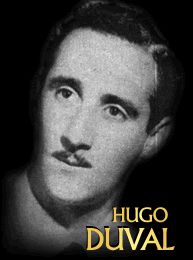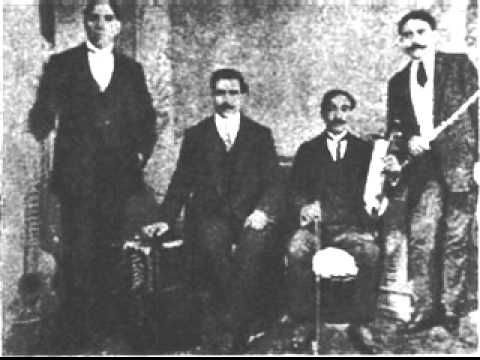“Bailarina de Tango” by Rodolfo Biagi y su Orquesta Típica with Hugo Duval in vocals, 1951.
 Hugo Duval
Hugo Duval
Singer
(December 13, 1928 – August 22, 2003)
Born in Buenos Aires, the owner of a beautiful voice, used to perform with a personal phrasing and, also, he knew how to express with a sober expression what the piece so demanded. Nearly all his show business career was linked to maestro Rodolfo Biagi with whom he achieved his most outstanding hits.
One of the greatest hits was “Bailarina de Tango”.
Hugo Duval and Jorge Ortiz were the emblematic vocalists of Rodolfo Biagi. Furthermore, they were those who recorded the greatest number of pieces with him. Continue reading at www.todotago.com…
Listen and buy:
 |
 |








